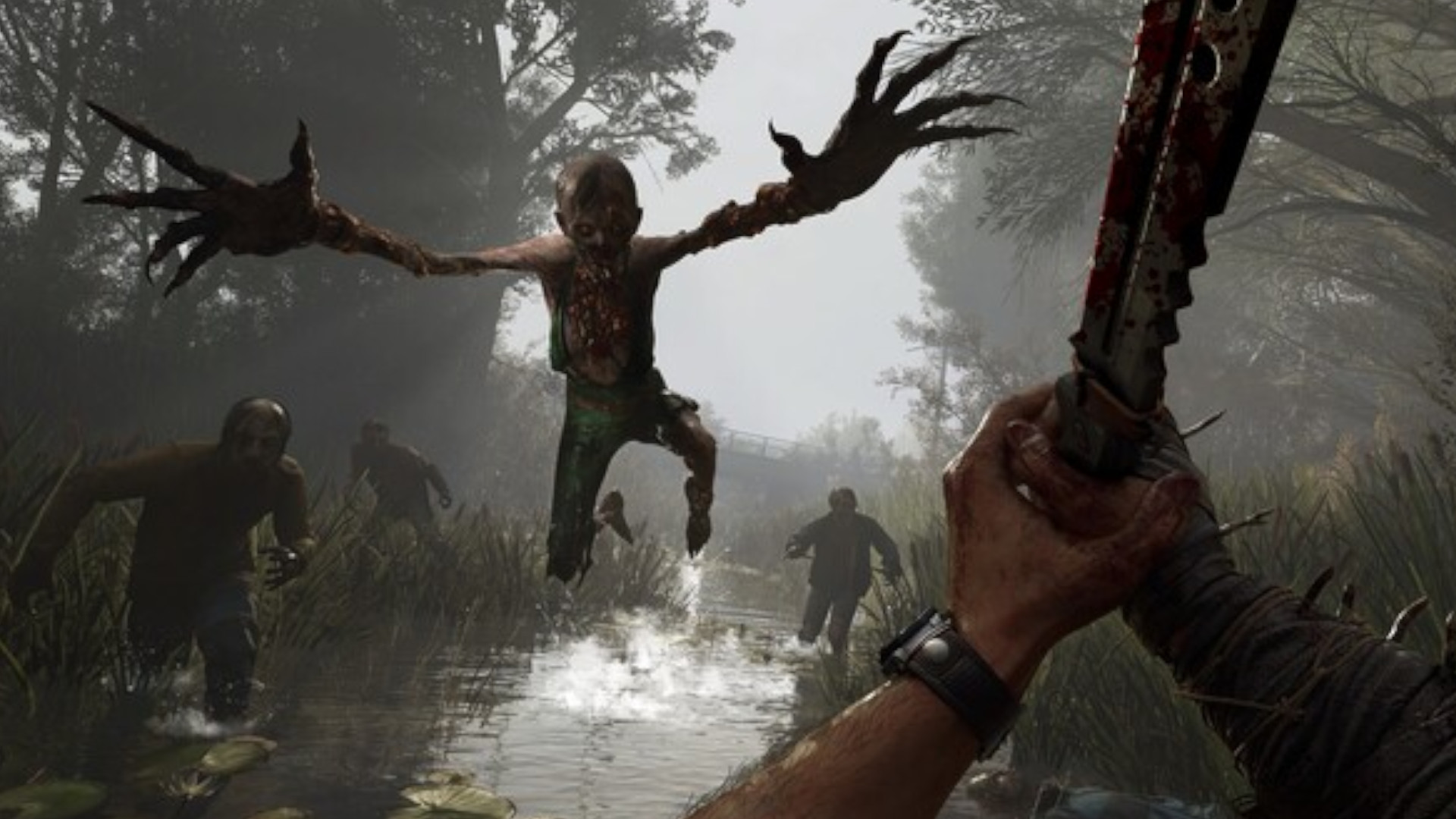
(Image credit: Techland)
Dying Light: The Beast may not boast the largest open-world map, but its meticulously crafted design promises more enjoyment than a sprawling landscape might offer. In an interview with GamesRadar+, Tymon Smektala, director of the Dying Light franchise, emphasized that “open worlds are not about scale. They’re about your feeling of being there.” The goal is not to create the most expansive world, but one that is hand-crafted and realistic, offering greater player satisfaction.
Smektala compared this approach to “some of the other open-world games” where he feels there’s often little happening between activity hubs. Techland aims to counteract this by ensuring that in Dying Light games, you’re always engaged—”constantly playing, interacting with the controller, and pushing buttons.”
With a smaller but more concentrated open world, Smektala argues that “Dying Light is probably one of the most dense open-world games on the market.” The upcoming Dying Light: The Beast, for instance, exemplifies a world where you’re always immersed and aware of your surroundings.
The zombie setting naturally adds to this density, offering enemies at virtually every turn, whether it’s hordes or solitary zombies. While this contributes to the world’s fullness, it’s not the only factor. The series’ strength lies in its melee-focused, first-person, tangible gameplay, ensuring there’s a lot to do.
Smektala has been actively promoting Dying Light: The Beast and how Techland is addressing the “missteps” from Dying Light 2. Whether they can capture the original game’s charm remains uncertain, but it’s clear the studio has learned some important lessons.
Interested in how Smektala’s philosophy compares to the best open-world games? Sign up for weekly updates, community stories, and more.